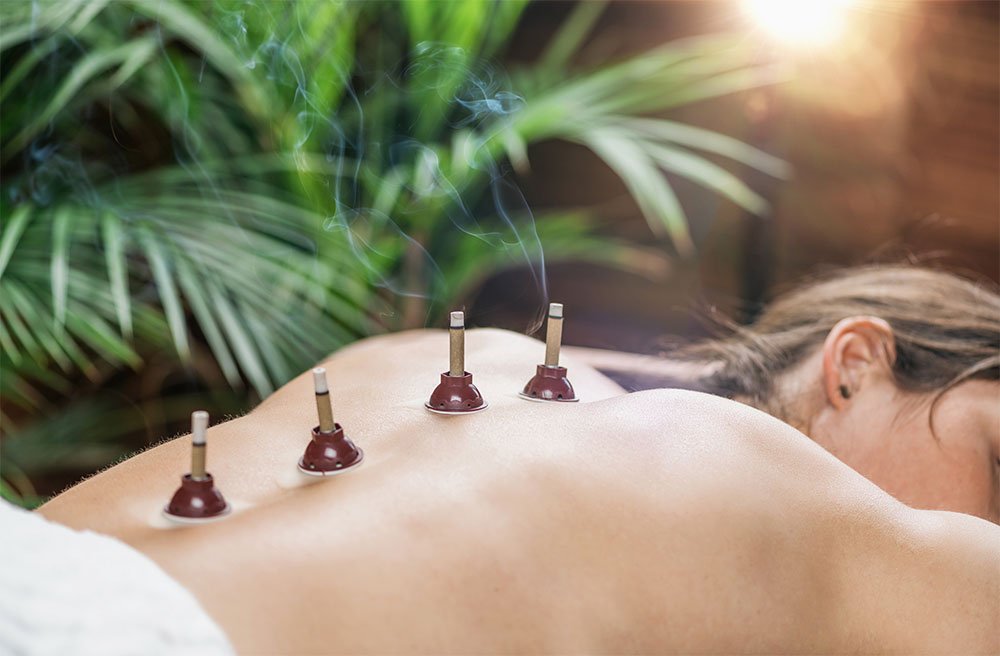Moxibustion is an antique form of heat therapy which is thought to predate acupuncture and is known as zhen jiu 针灸 in Chinese.
Leaves from the mugwort plant (also known as Artemisia Vulgaris) are burned at or above specific acupuncture points. Modern research has shown that "moxa" therapy is effective at raising white blood cell counts in severely debilitated patients and, most famously, is used to reposition breech babies. Practitioners use moxa to warm both regions and acupuncture points with the intention of stimulating circulation. The three main types of moxibustion are:
Needle Moxibustion: The natural oils in mugwort allow the practitioner to mold the substance when crushed into various shapes. The mugwort can be rolled into small balls and placed on the end of a needle in order bring gentle warmth not only to the area, but deep into the tissue
Direct Moxibustion: The mugwort can be rolled into rice grain size pieces and either applied directly to the skin or molded into a larger cone to be placed on top of another substance, such as salt or ginger, which is then used to warm an acupuncture point
Indirect Moxibustion: The most common type found in the west is pole moxa. The mugwort is compressed into a pole which looks like a cigar and when lit can be used to warm a region or point indirectly by being held about 2 inches above the skin.
Most patients tend to find the aroma vaguely comforting and even somewhat familiar. Smokeless pole moxa is the least offensive in terms of odor for those who are sensitive and can easily be done at home. Patients who have been coached through how to use the moxa pole correctly are able to self-apply this therapy between acupuncture sessions often note how much they enjoy it. Moxa can be considered a form of external herbal therapy, therefore you should seek advice from a trained professional before self prescribing.


